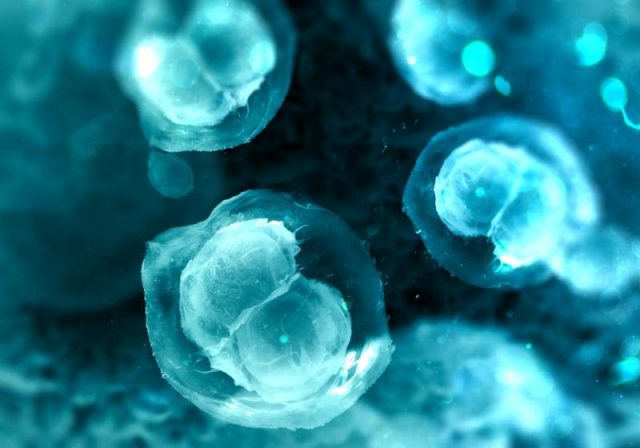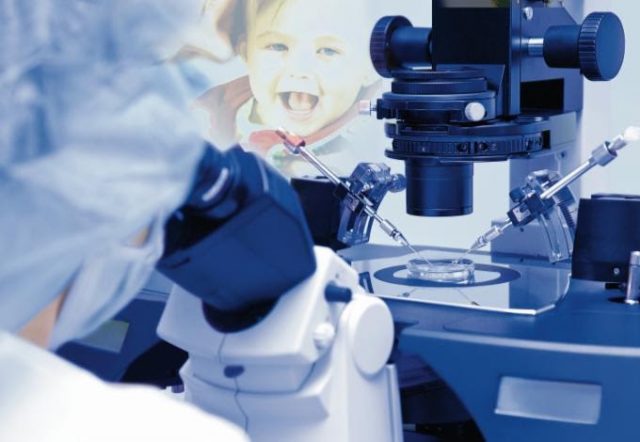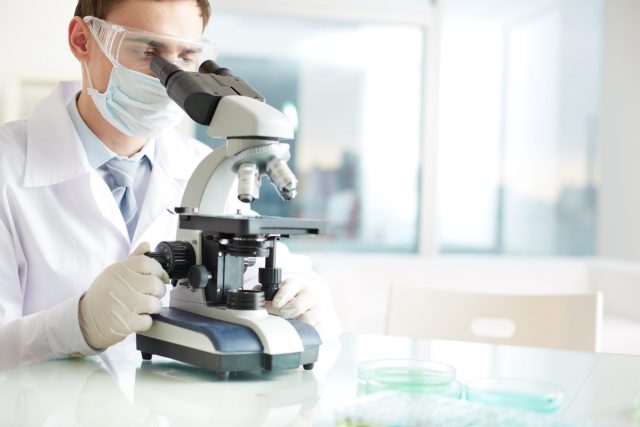Using Frozen Eggs To Successfully Achieve Healthy Pregnancies
It has been nearly three decades since the first live birth was achieved using frozen eggs. Since that time, many advances have been made in the field of reproductive medicine, most notably the introduction of modern vitrification (fast freezing) techniques. Numerous studies have been published confirming the outcome of cycles using frozen eggs to be…







